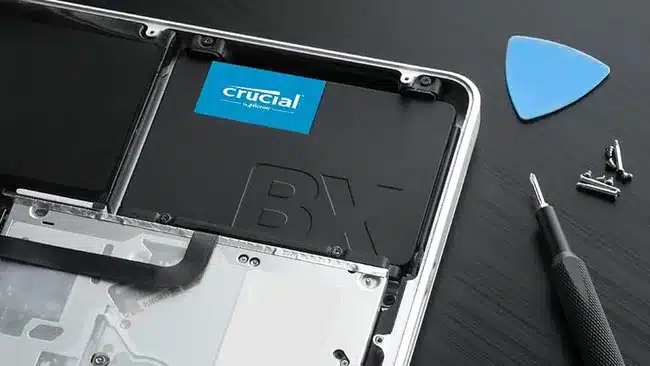SSDLife Frequently Asked Questions
Here is small SSDlife FAQ:
What will happen when the lifetime expiration date comes?
As we already described in the answer to the question “How do you calculate the SSD health and lifetime”, the lifetime expiration date changes dynamically depending on the amount of data written to the drive. But as the drive health is getting lower, the lifetime expiration date will keep getting closer and closer. The peculiarity of SSDs is that after their lifetime is over, the data does not disappear from them. They just become read-only, you can read data from it, but you cannot modify it.
So we’d rather recommend that you replace your SSD with a new one a month or two before the lifetime is over and use the old drive to store not very important data. And of course, do not forget to back up your data regularly!
What will happen when the drive health is 0%?
Answer: The drive should become read-only.
Here’s the explanation. As we said, flash memory, which is used to store data in SSDs, has a certain writing limit – 10 000 operations (or 5 000 according to the latest OCZ firmware). To be exact, it has not a writing limit, but an erasing limit, though data is erased only when it is written. Therefore, an SSD will not be able to write data when its lifetime is over. But it will be able to read it. Thus, when the drive health is 0%, you will have a read-only drive, you will be able to read all your data, but you will not be able to modify it. Kind of extra-large DVD-ROM 🙂
Despite the fact that all data must be available for reading and will not disappear, we still recommend that you replace your SSD with a new one when its health gets as low as 10-5% and move some not very important data to the old one. And of course, back up your data regularly!
I updated the firmware and the drive health fell dramatically. What’s the matter?
This problem became widely known after firmware 1.5 for OCZ Vertex, Onyx drives had been released. A lot of users complained that, after they had updated the firmware, the drive health fell dramatically, for example, from 80% to 45%.
The thing is that OCZ decided to revise the maximum number of erasing operations for flash memory and reduced it by 50% from 10 000 to 5 000 (we think they did it just to be on the safe side). And since the reliability and wear of an SSD is calculated depending on these figures, the estimated lifetime in S.M.A.R.T. parameters changed as well. Honestly getting information over from the drive manufacturer to the user, SSDLife just showed this fact 🙂


